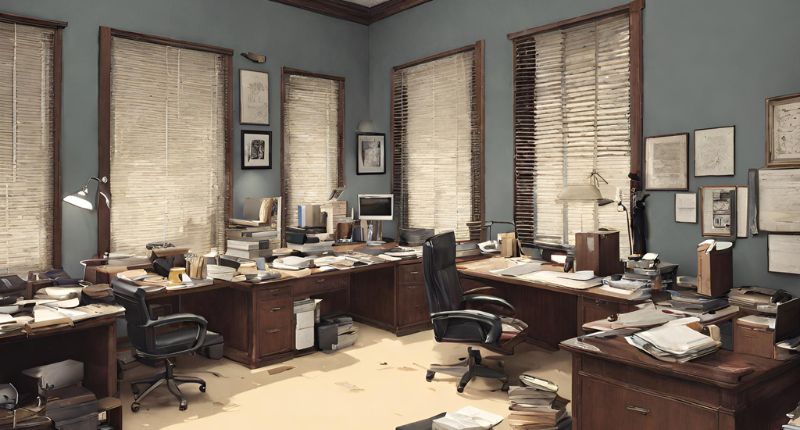
- Flexibility in work arrangements is now a permanent expectation due to societal shifts.
- Office assets are facing challenges, with secondary properties particularly impacted.
- Repurposing neglected office buildings requires careful consideration of feasibility and market demand.
Office assets are struggling. While cycling changes in office occupancy are not out of the ordinary, subject to changes in employment, the economy, and supply, the current predicament the sector faces may be permanent, according to the latest report written by Ray White head of research, Vanessa Rader.
Flexible working is no longer a fad
The COVID-19 pandemic brought a substantial shift in attitudes towards work, with working from home (WFH) gradually embraced by the mainstream. Advances in cloud environments have made it so that the technological interface at one’s office and desk are nearly the same.
Additionally, the tight labour market and repeated, prolonged lockdowns have caused WFH to assimilate with everyday life rapidly. WFH is now seen as an expectation, and employers are taking note. In fact, the Fair Work Commission is now considering enshrining flexible work arrangements as a legal right.
Nevertheless, Rader opines that there are a variety of intangible advantages to working at the office for learning, development, and collaboration. Traditional office work is still a better environment for employees looking to expand their skill set and be rewarded.
Social interaction has immeasurable benefits. For aspiring workers early in their careers, having spent much of their university life glued to a screen, a career in a vibrant environment where they can partake in hands-on work may very well be what they are looking for.
As employment levels return to normal, office demand will likely rise again, given the nation’s growing population.
Return to (high-grade) offices trend
However, these changes are unfavourable to office owners, who have been suffering from poor take-up, rising finance costs, and capital declines.
Capital returns for office assets bleak

New data has illustrated a substantial turnaround in values, with secondary assets being affected the most. The capital declines of lower-grade stock have been attributed to the flight-to-quality trend dominating the leasing market at present.
Nationally, the upward pressure on incentives has improved the overall rental situation for tenants, supporting better quality accommodation options and potentially expanding footprints over the short to medium term.
Higher quality grade office space records better take up

Although the total net take-up of office space is negative in most office markets, they have also seen positive results for premium and A-grade.
Backfill-related problems have set back B-grade offices, while C-grade offices have been losing tenants and suffering from growing vacancies. Meanwhile, the niche, D-Grade market and affordable accommodation have held steady.
What to do with these abandoned assets?
This leads to the question of what can be done to use these vacant secondary builds.
While some have argued that these office assets can be earmarked for adaptive reuse projects, Rader argues that there are glaring issues regarding viability. Only a handful of secondary office assets are suitable for conversion into living quarters, usually C or D-grade assets with small footprints, high ceiling heights, and good natural light.
Importantly, zoning regulations need to be considered, as well as the hands-on work involved in adapting these buildings, especially when construction costs are currently elevated.
Furthermore, a significant chunk of secondary office spaces is not suited for repurposing into apartments, having large floorplates, central cores, low ceilings, and little natural light, making reuse projects economically untenable.
Another key factor to the feasibility of such projects is whether the assets are located in areas that are easily accessible with good amenities and services.
As renovation and refurbishment remain the dominant trend, with B-grade assets being refashioned into A-grade offerings, the most sensible answer for these ageing builds is to tear them down and rebuild them.
Conditions will likely remain arduous for the office sector, and owners must make difficult choices. Rader notes that if every C and D grade asset, representing 3.8 million square metres, were pulled from their market and remodelled into higher grade offerings, vacancies would improve from 14.8% to 0.7%.







